Workload Performance
Cloud Virtual Machines (VMs) powered by 4th Gen AMD EPYC™, the world's most advanced x86 processor for the cloud1, can deliver more performance for the most demanding workloads. Widely available from leading cloud providers, there is an AMD solution to suit your business needs.












